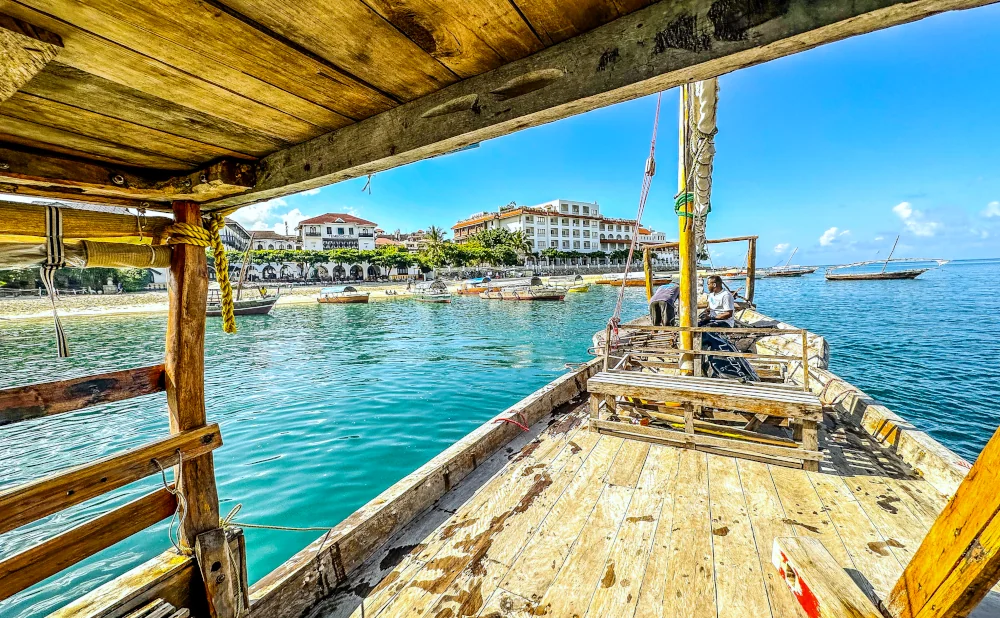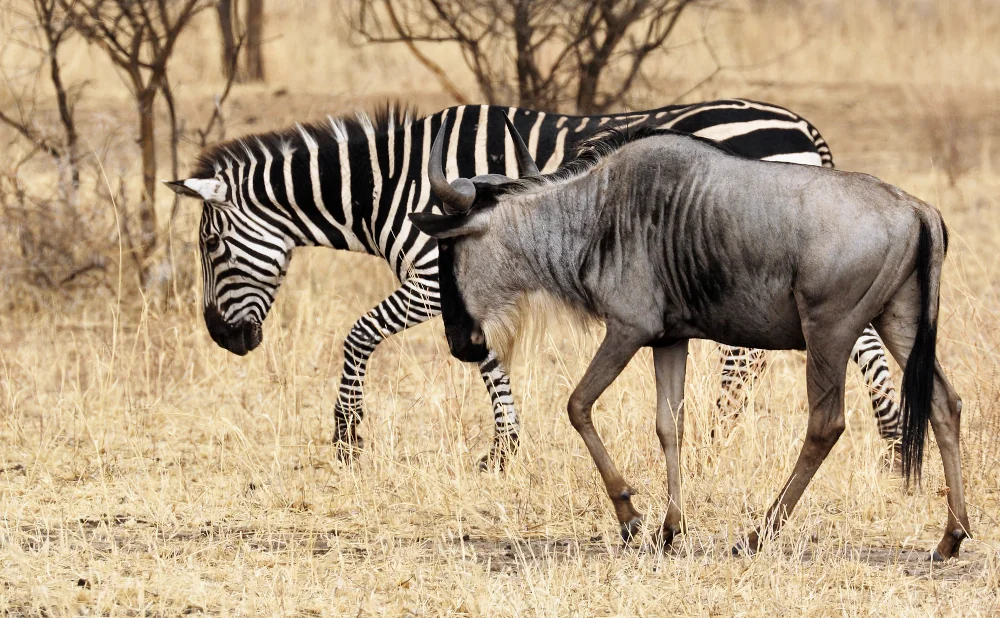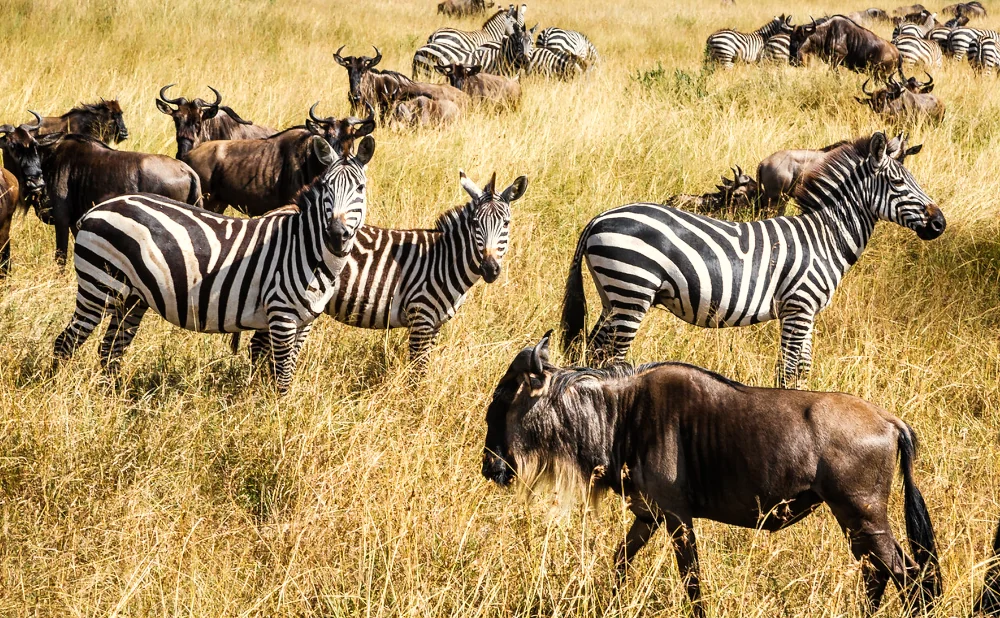Exploring the Northern Route on Kilimanjaro
The Northern Route, often less traveled compared to the more popular paths like the Machame or Marangu routes, is celebrated for its solitude and stunning landscapes. It provides trekkers with a unique opportunity to experience Kilimanjaro's natural beauty without the crowds, making it ideal for those seeking a more personal journey to the top. This route offers a sense of exclusivity that other more congested routes simply cannot match. The feeling of being alone with the mountain and its natural wonders is a rare and cherished aspect of this trail.
Unlike other routes that can feel like a busy highway of climbers, the Northern Route provides an intimate trekking experience. This path allows for a deeper appreciation of the ecological diversity and the serene environment of Kilimanjaro. The route's tranquil nature also enhances the spiritual aspect of the climb, allowing trekkers to reflect and connect with their surroundings on a more meaningful level. For those who wish to immerse themselves in the journey rather than just reaching the summit, the Northern Route offers a perfect balance of challenge and tranquility.
Route Highlights
One of the most remarkable aspects of the Northern Route is the variety of ecosystems it passes through. From lush rainforests and heathlands to alpine deserts and, finally, the arctic summit zone, each section of the trek offers its own unique sights and experiences. The changing landscapes provide a visual feast and a constantly evolving trek that never ceases to amaze. Each step taken on this route reveals a new layer of Kilimanjaro's rich biodiversity, making every moment an opportunity for discovery.
Trekkers will enjoy panoramic views of the Kenyan plains as well as the mountain's north face, which are rarely seen on other routes. This exclusive vantage point offers an unparalleled perspective of the mountain's grandeur. The gradual ascent of the Northern Route also provides excellent acclimatization, increasing the chances of reaching Uhuru Peak successfully. This aspect of the route not only enhances the physical experience but also offers a safer and more fulfilling journey to the top.
Itinerary Overview
The journey typically spans between 8 to 9 days, allowing for ample acclimatization and rest. Starting from the Londorossi Gate, trekkers make their way through the forested slopes to Shira Plateau. From there, the path veers north, circling around the mountain rather than going straight up. This strategic route not only helps with acclimatization but also offers a fresh perspective of Kilimanjaro's grandeur. The longer trek allows climbers to adjust gradually to the high altitudes, reducing the risk of altitude sickness and enhancing the overall success rate of the climb.
Key stops include Moir Hut, Pofu Camp, and Third Cave, each providing unique settings to rest and appreciate the surrounding beauty. These campsites offer more than just a place to rest; they are opportunities to engage with the rich flora and fauna of the region. The final ascent begins from School Hut, leading to a dawn summit at Uhuru Peak. Reaching the summit at sunrise offers a breathtaking view that rewards every ounce of effort put into the climb, a moment that is etched into the memory of every trekker who makes it to the top.
Connecting with the Tanzanian Adventure
No trip to Tanzania is complete without experiencing the country's renowned wildlife and natural wonders. After conquering Kilimanjaro, many adventurers choose to embark on a safari in Tanzania, exploring the rich biodiversity of this East African nation. This combination of mountain and safari adventures provides a comprehensive exploration of Tanzania's natural beauty. It allows travelers to experience the full spectrum of the country's landscapes, from towering peaks to expansive savannas.
Safari in Tanzania
Tanzania is home to some of the world's most famous national parks, including the Serengeti and Ngorongoro Crater. A safari offers a chance to witness the "Big Five" --- lions, leopards, elephants, rhinos, and buffalo --- in their natural habitats. The Northern Circuit is particularly popular, providing a seamless transition from the mountainous landscapes of Kilimanjaro to the vast savannas teeming with wildlife. This circuit is ideal for those looking to maximize their wildlife viewing opportunities while enjoying the diverse ecosystems of Tanzania.
A Tanzanian safari is not just about the animals; it is an immersive experience in the country's rich culture and natural history. Visitors can engage with local communities, learn about conservation efforts, and explore the intricate connections between the land and its inhabitants. The safari experience is enhanced by knowledgeable guides who bring the landscape to life with their insights and stories, ensuring that every moment in the wild is both educational and exhilarating.
The Migration Tour
For those visiting from June to October, the Great Migration is a must-see phenomenon. This natural spectacle sees millions of wildebeest, zebras, and other antelopes journeying across the Serengeti in search of greener pastures. The migration is one of the most extraordinary wildlife events on the planet and offers a dynamic, unforgettable experience. Witnessing this massive movement of animals across the plains is a testament to the resilience and interconnectedness of nature.
The Great Migration is more than just a visual spectacle; it is a profound experience that highlights the challenges and triumphs of life in the wild. Observing the strategic maneuvers of predators and the sheer determination of the migrating herds offers a deeper understanding of the natural world's complexity. This tour is an opportunity to witness life in its rawest form, a journey that leaves visitors in awe of the earth's natural rhythms and cycles.
Preparing for the Trek
Embarking on the Northern Route requires thorough preparation. Here are some tips to ensure you are ready for this adventure:
Physical Fitness
Climbing Kilimanjaro is a physically demanding task. It's essential to be in good shape, with a focus on cardiovascular fitness, strength, and stamina. Training hikes, especially at high altitudes, can be beneficial. Building endurance through regular exercise, such as running, cycling, or swimming, can also significantly improve your readiness for the trek.
In addition to physical preparation, it's important to understand the demands of high-altitude trekking. Simulating altitude conditions through hypoxic training or spending time in mountainous regions prior to the trek can aid in acclimatization. Consulting with a fitness expert to tailor a training regime that addresses your specific needs and goals can provide additional support in preparing your body for the climb.
Gear and Equipment
Investing in quality gear is crucial. Key items include sturdy hiking boots, moisture-wicking clothing, thermal layers, a reliable sleeping bag, and a comfortable backpack. Don't forget essentials like a headlamp, water purification tablets, and a comprehensive first-aid kit. Proper gear not only enhances comfort but also ensures safety and resilience against the mountain's unpredictable weather conditions.
It's also important to test your gear before the trek to ensure everything fits well and functions properly. Familiarizing yourself with your equipment can prevent discomfort and mishaps during the climb. Consider consulting with experienced trekkers or outdoor specialists to ensure you have all the necessary items and that they are suited for the unique challenges of the Northern Route.
Mental Preparation
The trek is not only a physical challenge but also a mental one. Staying positive, setting small goals, and supporting fellow trekkers can make a significant difference in your overall experience. Mental preparation involves building resilience and maintaining focus, especially during challenging sections of the trek.
Visualization techniques and mindfulness practices can help manage stress and maintain motivation throughout the journey. Engaging in team-building exercises before the trek can also foster camaraderie and support among your group, enhancing the overall experience. Embracing the mental aspect of the climb as an opportunity for personal growth can transform challenges into rewarding achievements
The Adventure of a Lifetime
The Northern Route on Kilimanjaro is more than just a path to the summit; it is an adventure that combines the thrill of high-altitude trekking with the serene beauty of unspoiled landscapes. Coupled with the opportunity to explore Tanzania's remarkable safari destinations and witness the awe-inspiring Great Migration, this journey offers an unforgettable blend of natural beauty and cultural richness. The Northern Route stands out as a comprehensive adventure that satisfies the thirst for exploration and discovery in every traveler.
Whether you're a seasoned mountaineer or a passionate nature lover, the Northern Route provides an exceptional way to experience one of the world's most iconic peaks. Prepare adequately, embrace the challenge, and you'll be rewarded with memories to last a lifetime. This journey is not just about conquering a mountain but about embracing the spirit of adventure and the wonders of the natural world.
Embark on this adventure and discover why the Northern Route on Kilimanjaro is truly a trekker's dream. The path offers not only the opportunity to reach new heights but also to forge connections with the diverse landscapes and cultures of Tanzania. It is an invitation to explore, learn, and grow in one of the most beautiful and challenging environments on earth.











